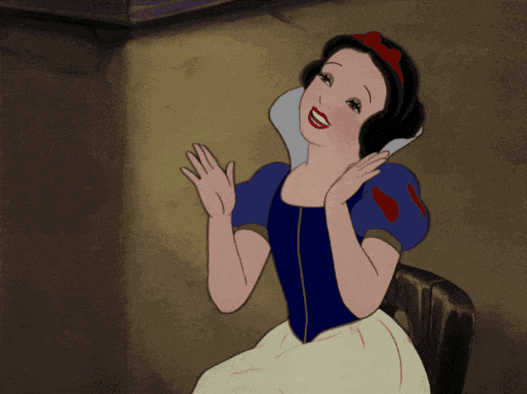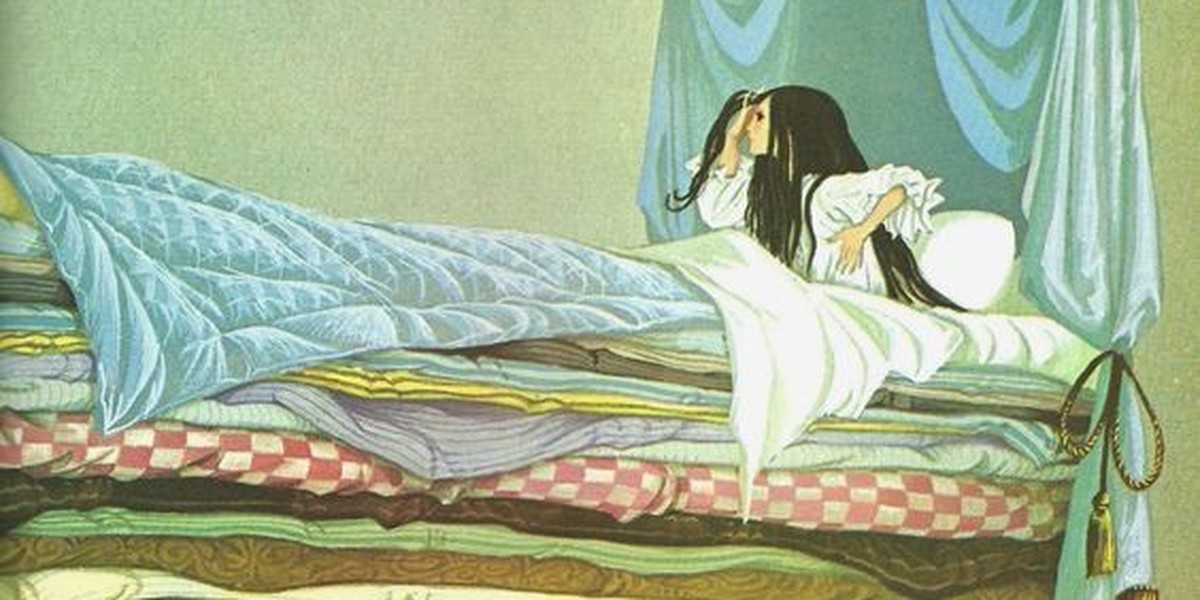The princess is overly sensitive right? What kind of weirdo can feel a pea through a pile of 20 mattresses and feather beds?
Before we all go on a rant about how 1800s author Hans Christian Anderson viewed women, let's just settle down and figure out what The Princess and the Pea is really all about.
The fairytale begins with a mournful prince searching far and wide for a suitable bride. He returns home without a lovely lady on his arm - if only he could find a "real" princess!

On a stormy night, a bedraggled and rain-soaked woman arrives at the castle, begging for shelter. She claims to be a princess, but nobody believes her. The queen gives the "princess" a room for the night with a pea tucked in a multiple-layered bed. If the woman was what she claimed to be, she would feel the pea and be deemed a true princess due to the extreme delicacy of her skin.

Morning arrives and the princess reveals she slept horribly due to something hard that bruised her little back. Hurrah! She's worthy of the prince and they wed. The end.
What gives?
It may seem like the author is poking fun at the follies of the aristocracy and highlighting the "delicacy" of women, but there's more.
The prince is not only looking for someone who shares royal blood and holds a position of authority, but also a woman who's every bit his equal. He doesn't recognize the princess as such on their first meeting, because she is disguised by his own expectations. Still, she is given the chance to prove herself.
The pea is the symbol of our truest selves. Despite the layers of the socially-acceptable, the princess passes the test because she feels so intensely. She cares and is authentic. She's not afraid to face up to her own issues and discomforts. Ultimately, the prince recognizes her for the princess she is because above all, she doesn't give up on herself.

